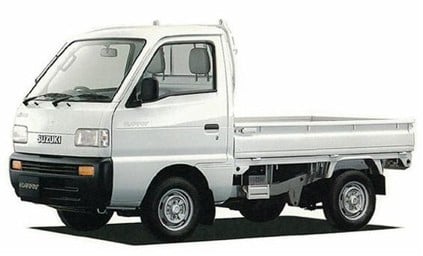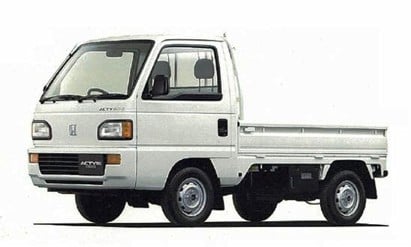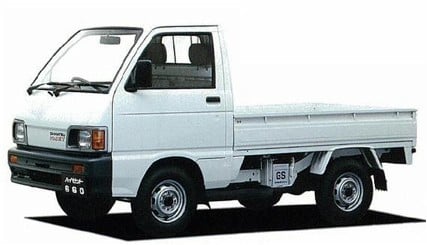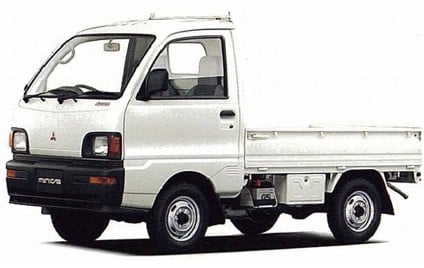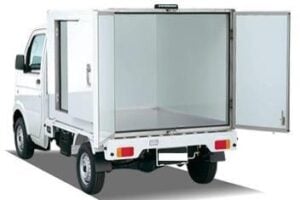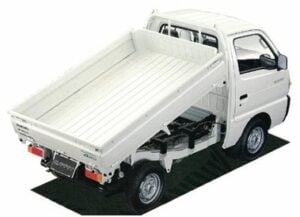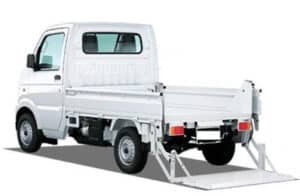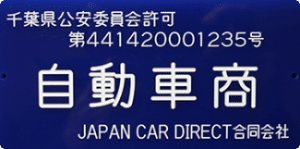With the addition of Electronic Fuel Injection to the Daihatsu 660cc motor you’ll get a boost up in power of about 5% over the carbureted unit. Gas mileage goes up a touch, too, but we don’t have any figures.
Both carb and EFI are reliable systems. Carb is easier to fix and tends to give early warning signs when it is starting to have trouble (rough idling, hesitation, etc.). Electronic fuel injection systems can suddenly cut out without warning or can suddenly rev up if a sensor goes wonky but such problems are amazingly rare on a Japanese-built EFI system built anytime after the early to mid 1980s. They are very reliable, but when the time for servicing comes, if it ever comes, you’ll need to ask a proper garage to help you. Home service of a carburetor is more possible as it is a less technology intensive system by its very nature. (Not less complex, though.)
Either of these two systems, carb or EFI, are fine.
The Twin Cam arrangement does not add any more power, interestingly enough, but I suspect it gives better top end power at the expense of a slight loss in low end torque. The Twin Cam engines have 4-valves per cylinder whereas the Single Over Head Cam engines have 2-valves per cylinder. Again, I don’t have solid figures, just going on basic principles of piston engines, 2-valve vs 4-valve systems.
The Distributor Less Ignition (DLI), is a fully electronic ignition system. Similar to EFI in its use of higher technology, it will be less easy to service yourself with just a screwdriver and wrench, but it is also more reliable, gives better gas mileage, and has a longer service life.
Really, it’s a matter of choice as to do you want simple, old school stuff, carbs and distributors and a minimum number of cam shafts, or do you want the more high tech stuff. Of course, the simple type of engines are not being made by many (or any) makers today, so at some point in the far future parts will not be available. Of course the same could happen to high tech systems that get superseded by other, newer high tech systems. But whichever way you go, these minitrucks are all solid characters and will last well and do their job for you fully and we won’t be facing parts issues for years and years yet.


